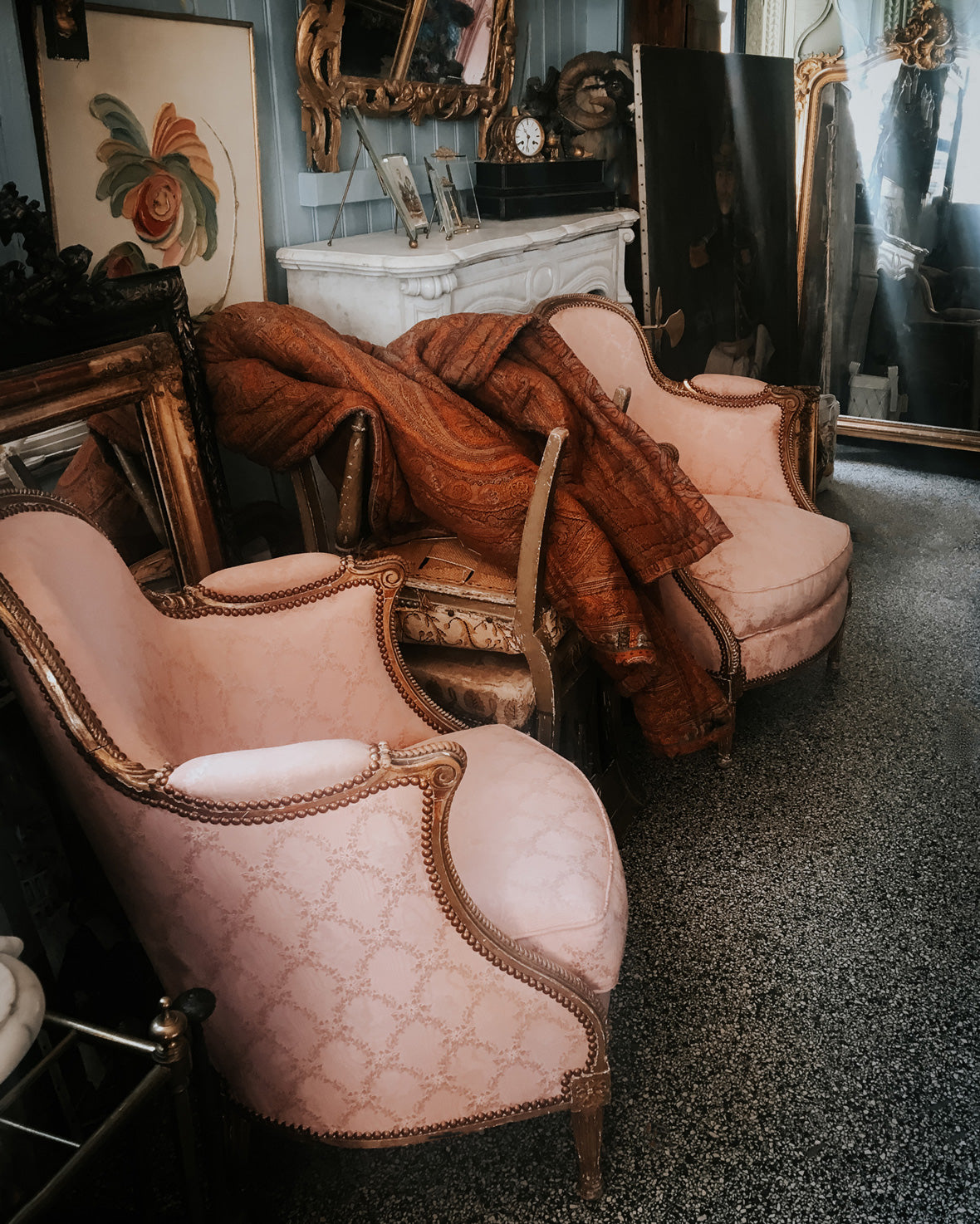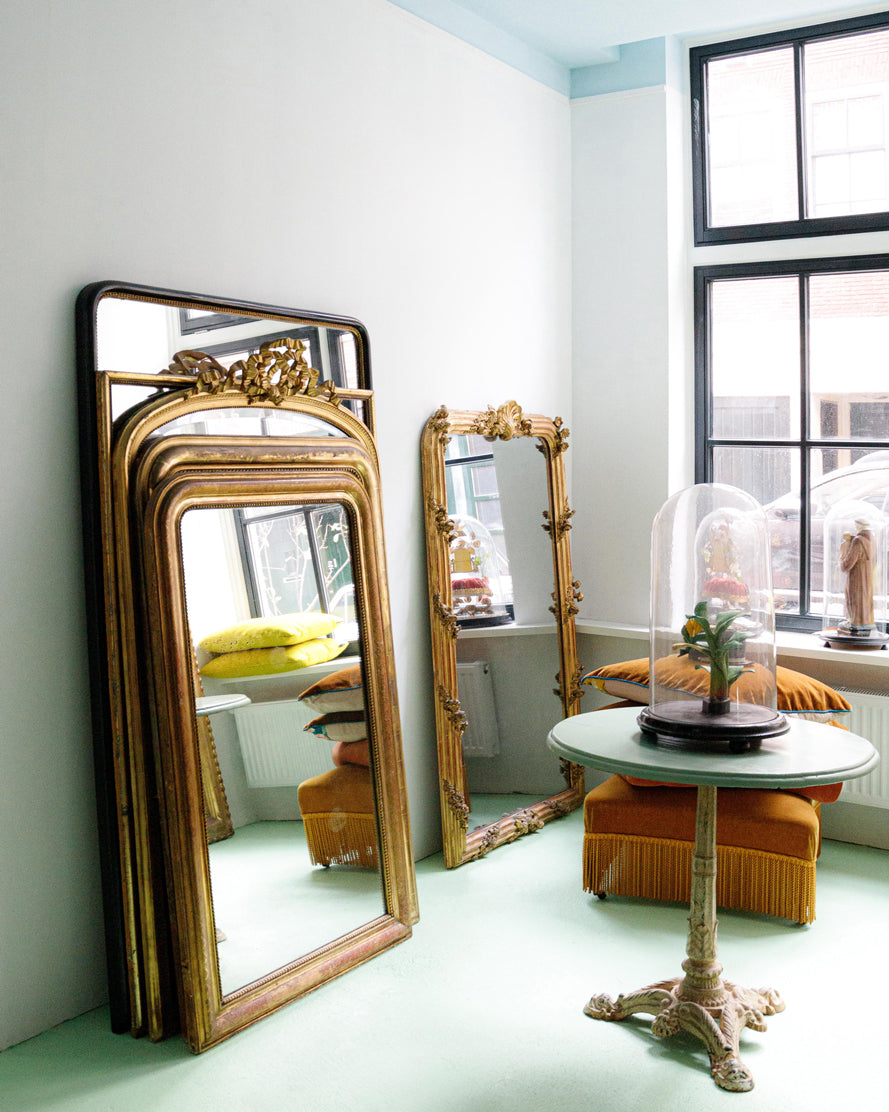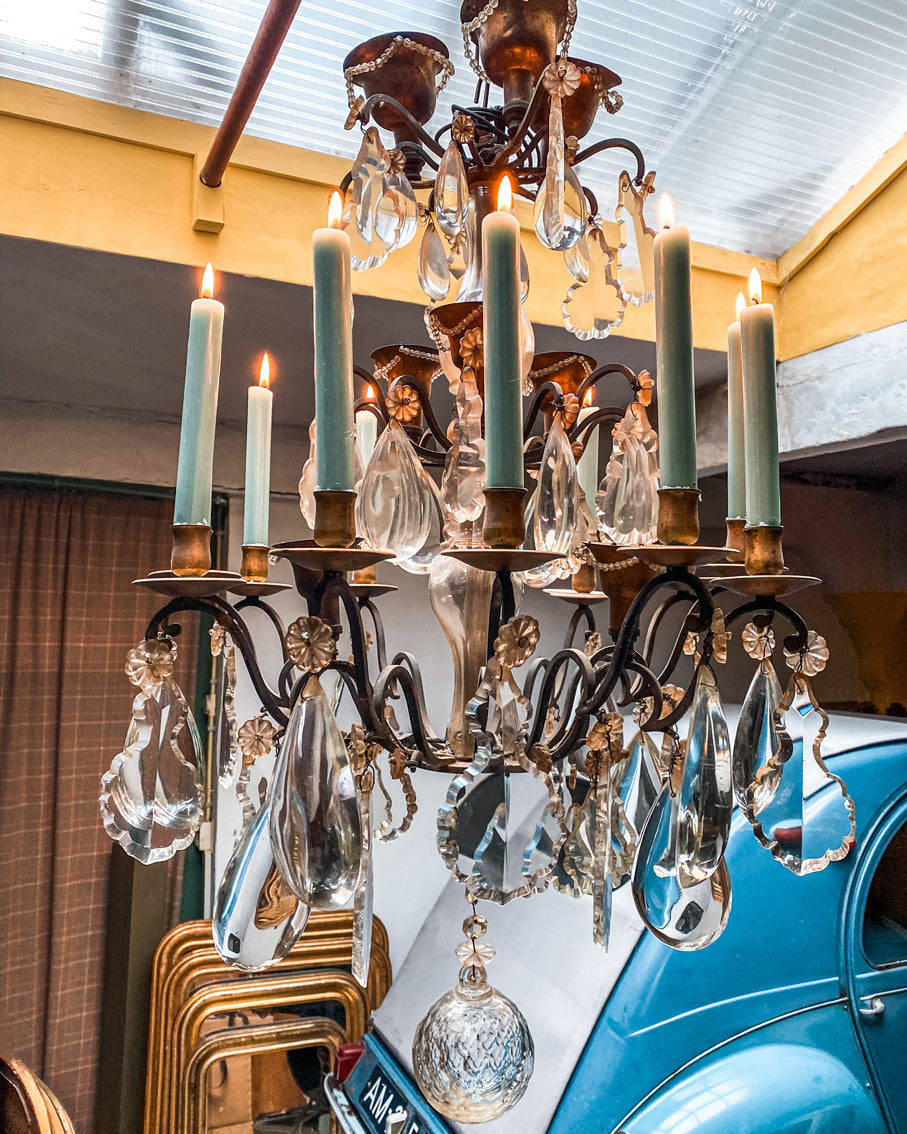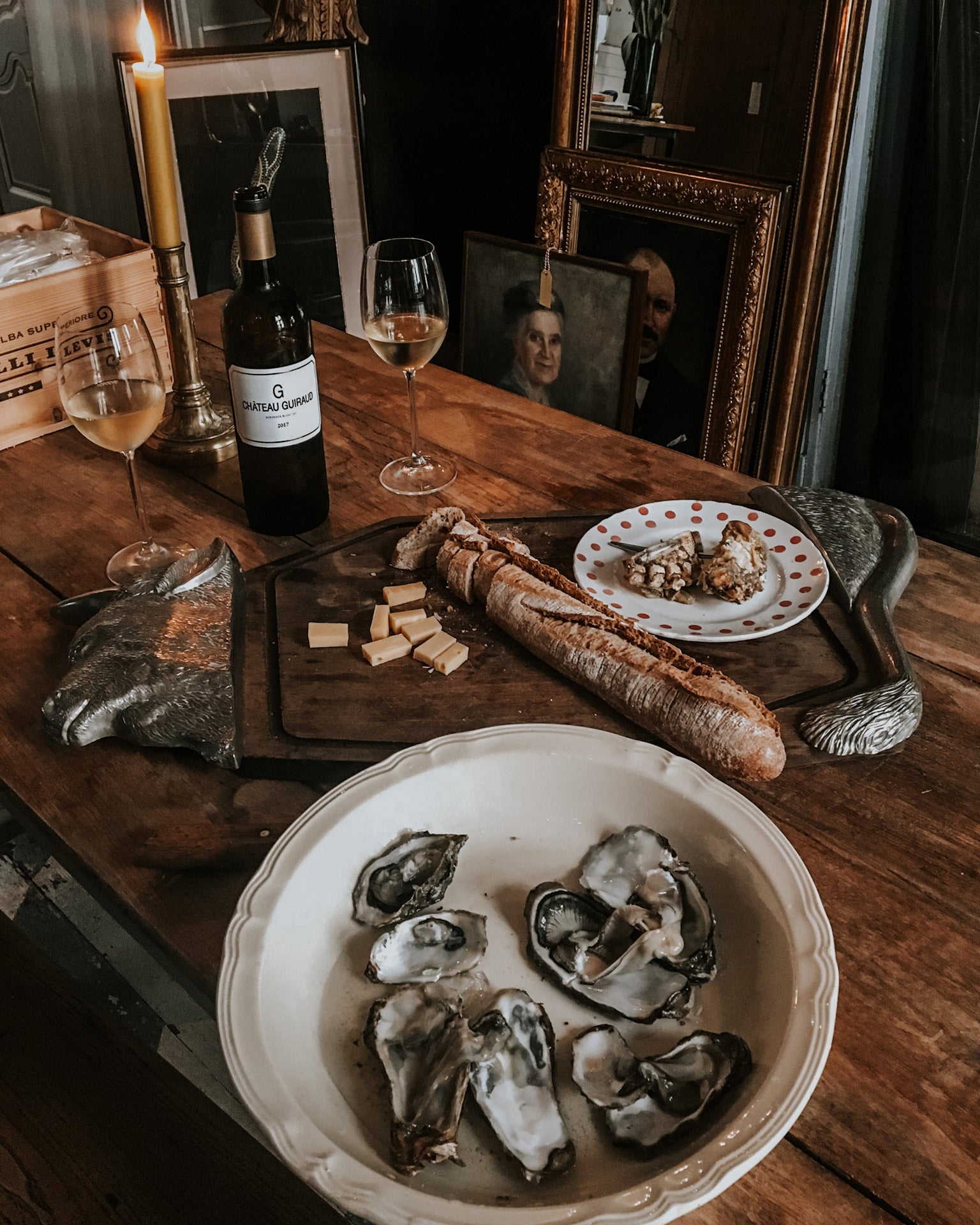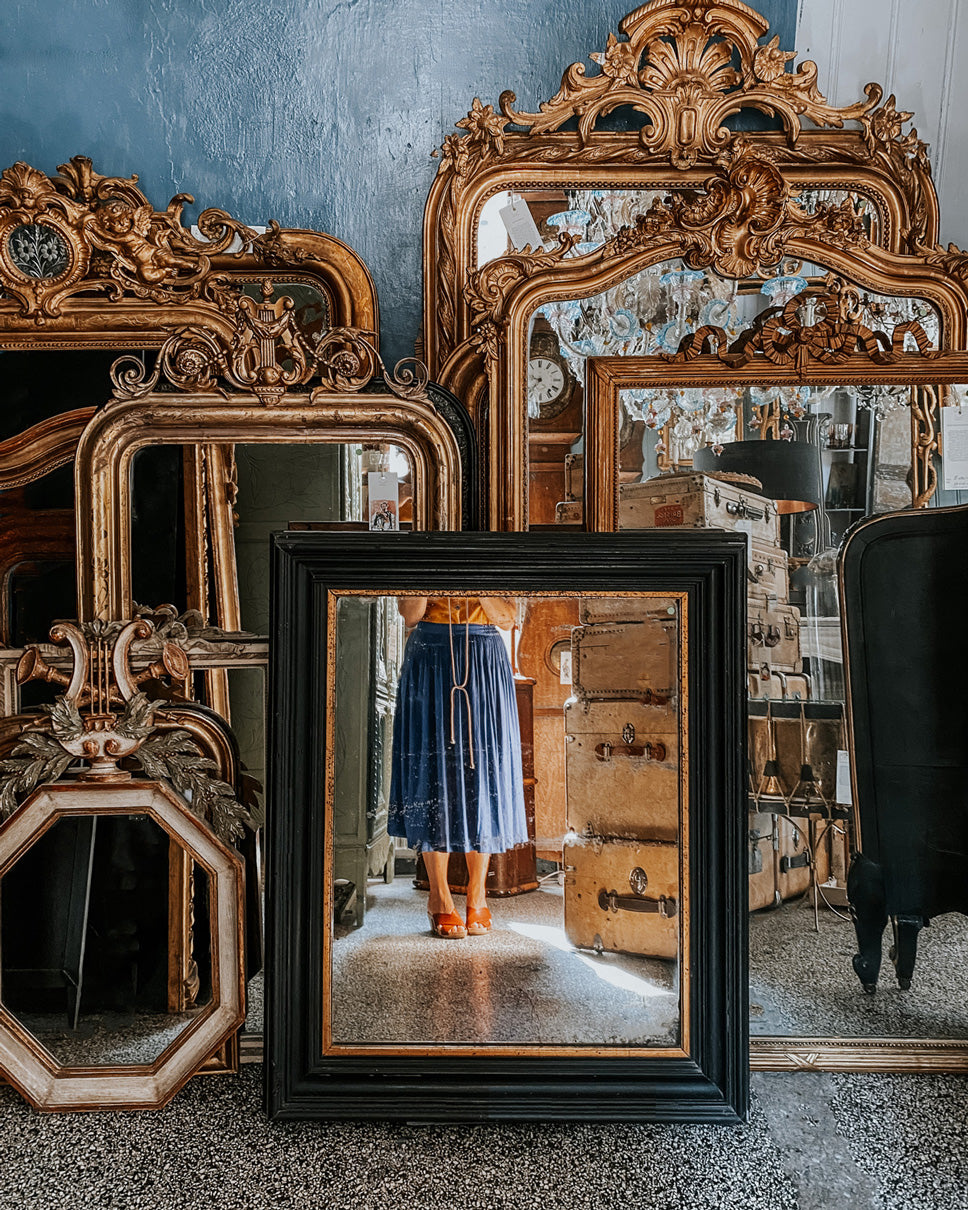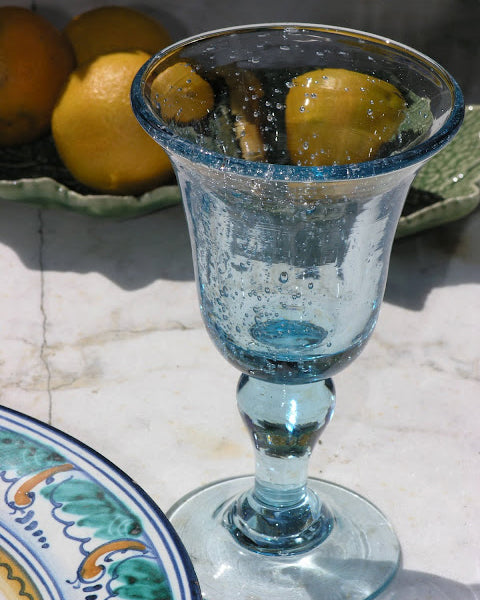Unveiling the Mystery of Witch Balls
Mirror, Mirror on the Wall… Unveiling the Witch Ball's Allure
You know those shimmering glass orbs that look like they were plucked from a Victorian séance or a particularly stylish coven’s cabinet? Say hello to the witch ball—a curious creature of superstition, sparkle, and spellbinding design. Equal parts folklore and fabulousness, these mystical globes have been gracing windows (and now chic mantels) since the 18th century, doing everything from warding off witches to dazzling house guests with their eerie reflections.
Legend has it: witches, being rather vain (or easily confused), would be ensnared by their own reflection when they dared peek inside. Some say the balls absorbed dark spirits, others claim they diverted the evil eye—especially when paired with a dash of dried salt by the fire. Whichever version you choose, one thing’s certain: they’ve got a flair for drama.
Origins & Optical Magic
Witch balls trace their mysterious roots to the folklore-rich corners of England and New England—places where superstition and decorative arts danced together in moonlight. Hung in windows, placed atop vases, or suspended from velvet cords, these baubles did more than look pretty—they were the metaphysical security cameras of the Georgian era.
Bright colours, swirling patterns, mirrored interiors—these weren’t just design choices, they were spiritual booby traps. Witches were supposedly drawn to the glow, only to find themselves trapped in a kaleidoscopic maze of their own reflection. Wicked? Yes. Effective? Apparently.
The Christmas Crossover
And here’s a juicy twist: some say the modern Christmas bauble is a direct descendant of the witch ball. That’s right—those glimmering globes on your tree? They may have started life warding off envy from nosy neighbours ogling your gift pile. Deck the halls, indeed.

If You're Buying One (Or Three…)
Thinking of starting your own collection? Excellent taste. But beware the modern knockoffs—they’re about as magical as a plastic cauldron. Here’s what to look for:
- Handblown Glamour: Authentic 19th-century pieces should have charming irregularities. No two are alike—just like real witches.
- Silvered Sorcery: Look for aged mercury or silver plating inside. Think tarnish, foxing, and moody mirror vibes.
- Weighty Matters: True witch balls have presence. Heavy, solid, and unapologetically there.
- Perfect Imperfections: A real one will have bubbles, dimples, and the occasional soulful flaw.
- Metal Details: That loop on top? Check for aged mounts and oxidised metal. If it looks brand new, it's not.
A Final Word of Caution
Superstition still clings to these mysterious beauties—some say selling a witch ball brings misfortune. So if you do buy one, treat it less like décor and more like a house guardian with a flair for aesthetics. And perhaps, keep a little salt by the window… just in case.
Whether you’re bewitched by the folklore, obsessed with the patina, or just love a glimmer of mystery in your interior, the witch ball delivers. Antique magic? Absolutely.

